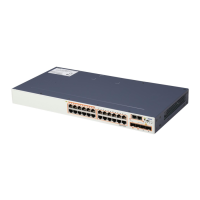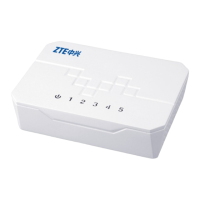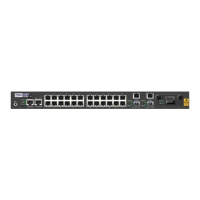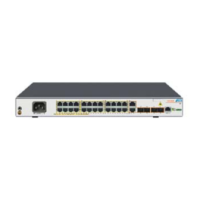to provide for the user such interactive services as live TV, video VOD and Internet
browse. The user gets the services via PC or “IP set top box+TV”.
Controllable multicast is one of key technologies of ZTE’s IPTV system structure, and
usually works at the broadband access network side. The equipment (BRAS, access
equipment or switch) implementing the multicast control policy is called the multicast
control point. As the termination point of user multicast IGMP request, the multicast
control point decides according to relative IGMP request and control policy whether to
copy multicast flow to user port. The closer the multicast control point is, the more
network bandwidth the user can save. As the key equipment to implement the multicast
control policy, Multicast control point supports the following services: IGMP V1/V2,
IGMP Snooping, IGMP Filter, IGMP Proxy, IGMP Fastleave, MVR(Multicast Vlan
Register), SGR(Static Group Register), UGAC(User Group Access Control) and
UGAR(User Group Access Record). User’s on-demand authority can be controlled by
binding rules and channels.
3.2.3 ACL
ZXR10 5250 supports egress and ingress ACL.
ZXR10 5250 offers the following four types of ACL.
Basic ACL: Only match source IP address.
Extension ACL: Match source IP address, destination IP address, IP protocol type,
TCP source port No., TCP destination port No., UDP source port No., UDP
destination port No., ICMP type, ICMP Code, DSCP (DiffServ Code Point), and
ToS.
L2 ACL: Match source MAC address, destination MAC address, source VLAN ID,
L2 Ethernet protocol type, and 802.1p priority value.
Mixed ACL: Match source MAC address, destination MAC address, source VLAN
ID, source IP address, destination IP address, TCP source port No., TCP
destination port No., UDP source port No., and UDP destination port No.,
including all matching fields of the above types.
3.2.4 SFLOW
sFlow is the IETF standard traffic monitoring technology. It has low hardware
requirements, less equipment resource consumption and high technical commonality, so
it is now used by multiple vendors.
sFlow service mainly consists of three parts: sFlow message sampling unit, sFlow proxy
unit and sFlow collector (or named analyzer ). The sampling and proxy units of sFlow are
integrated in the network equipment; while sFlow collector which analyzes messages of
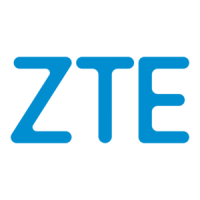
